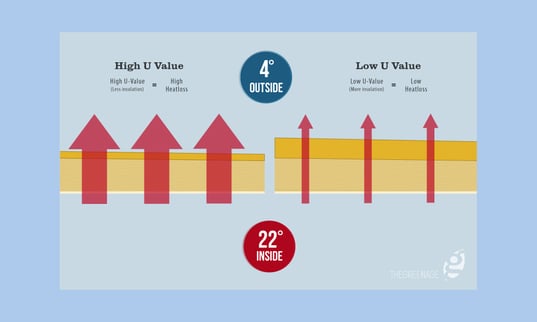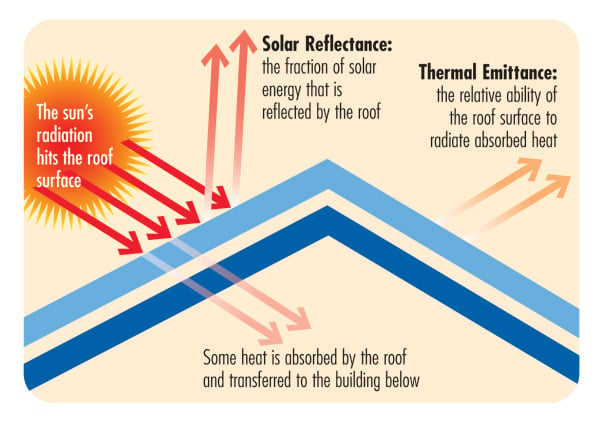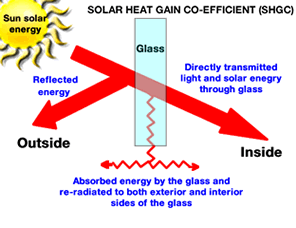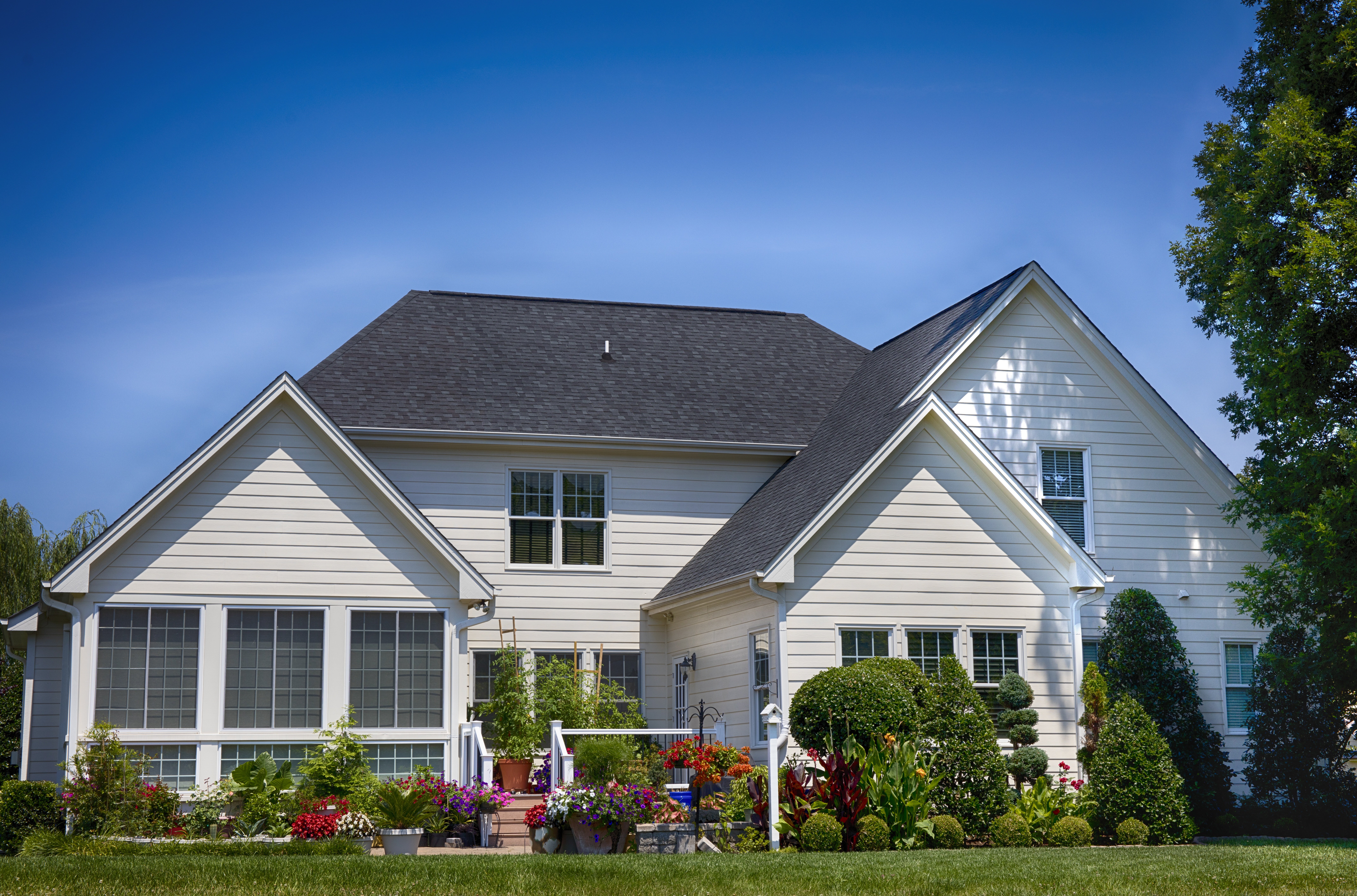In the field of ESD, two terms which constantly appear are the U and R values of products, but what do these mean? Whether referring to insulation or glazing each product on the market has a specific either U or R value. These values refer to the thermal performance of specific products and materials and how they assist in maintaining thermal control in a building or structure. These values are an integral part of the BASIX, NatHERS and Section J process in the NCC, which require specific values to be either entered into the glazing calculator for Section J reports or specific glazing types with predetermined U and SHGC values for BASIX and NatHERS along with specific R values for insulation and building materiality.

Let us first explain U and R:
So what is a U Value?
The U value of products refers to the heat loss through building elements, this is calculated at the rate of heat loss per metre square of material. When looking for better performing products the lower the U value the better the product is at preventing heat loss. The U value is generally calculated at the U value of the total window assembly including the glass, frame, seals and spacers this is also called the UW, whereas the U value of the glass is known as the UC (centre of glass). A lower U value means the less heat that is being lost preventing unwanted heat flow and heat escaping.

What is meant by an R Value?
The R value represents the thermal resistance of the building elements, where contradictory to the U value the higher the R value the better performing the product is, in the sense of reducing heat loss (the higher the R value the better the product is at insulating). All building elements have a determined R value, including the walls etc. Therefore, the R value in applications such as Bers Pro, (one of the NatHERS approved software for BASIX and NatHERS certification) accounts for the RT or total R value of the wall system and insulation, where although each product has a separate R value, they ultimately are calculated together.

What is the SHGC?
The Solar Heat Gain Coefficient (SHGC) is another integral part of choosing thermally performing glazing. This refers to the amount of radiant solar heat that is absorbed or blocked by the glazing. Both the U and SHGC values are greatly considered in rating projects in Section J of the NCC. The number given for the SHGC is the fraction or percentage of heat released inwards through the glazing therefore. If you want to gain heat through windows in colder climates the higher SHGC value should be chosen, whereas if the aim is to reduce the amount of solar energy entering the house, a lower SHGC is preferable.

Also relating to glazing is the VT or visible transmittance, showing how much visible light is able to pass through the glazed material.
Air leakage:
One of the key concepts to think about when trying to design a building to a specific climate condition is the effect that air leakage has on the loss and transmittance of heat. Although advantageous in many climates for reducing heat gain and cooling the interior in buildings, in colder climates the prevention of air leakage is key to allowing a constant thermal environment to be maintained.
Click to read more about NatHERS and Section J.
References:
Encon.co.uk. (2016). Thermal Values Explained - A quick guide to U-Values, R-Values & Lambda Values | Encon Insulation Ltd - insulation distributor, thermal and acoustic insulation, drywall, fire protection, roofing. [online] Available at: http://www.encon.co.uk/customer-centre/technical-centre/general/thermal-values-explained-quick-guide-u-values-r-values [Accessed 19 Aug. 2016].
Wers.net. (2016). Frequently Asked Questions - Australian Window Association. [online] Available at: http://www.wers.net/werscontent/faqs#Q1 [Accessed 19 Aug. 2016]
Reference link 2
Reference link 3







